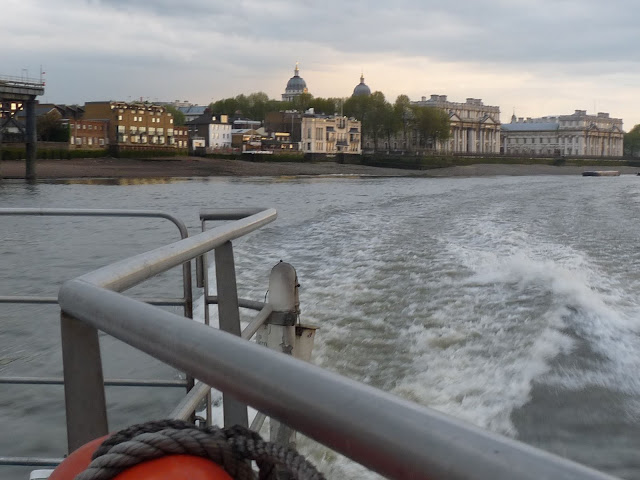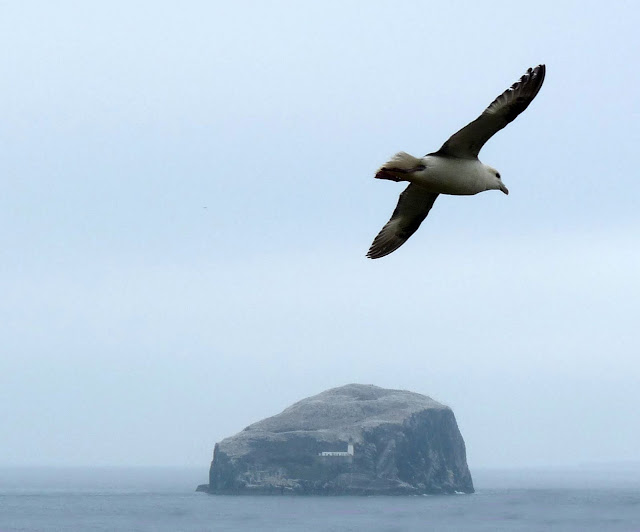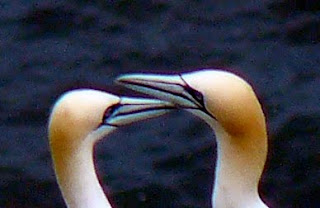My thanks to
James Brush, who sent me this beautiful chapbook of 'Haiku-esque' micro-poems all the way from Texas, USA. The blue edge is just a Photoshopped background to ensure that '
a gnarled oak, 2010' shows up on my page.
James prepared this exquisite collection of micro-poetry himself under the aegis of his
Coyote Mercury Press, and I feel very privileged to be the recipient of a hand-crafted limited edition.
The poems were apparently largely the fruit of James' perambulations, often with his dogs, in his local area. James re-casts his familiar landscape in a new guise, capturing those
little moments that can so easily pass us by: 'it's about actively trying to re-see' the world around him, he explains.
The collection is divided into four seasonal sections, each prefaced with an accompanying photograph. Birds wing their way into a number of these pages. We encounter 'Hawk and Crow' in the Spring poems; 'Purple martins' streak through the Summer; the telltale sound of the
'Chicka-dee-dee-dee' permeates Fall (our UK autumn) - and fogbound mockingbirds and wrens make their entrance in Winter.
James' world seems a tranquil place on the surface, but there are little ripples and ruffles, ensuring that a sense of reality is never far beneath the surface. We note the gathering of clouds, a 'broken bird nest', 'a barbwire fence', the short span of the dragonfly ... but despite these little hints that there are cracks in the ice, the writer conveys a serene and compelling acceptance of the world in his view.
The poems are exquisite little jewels - or perhaps 'breaths', in the language of Haiku. Thank you, James, for sharing this universe in microcosm.





























